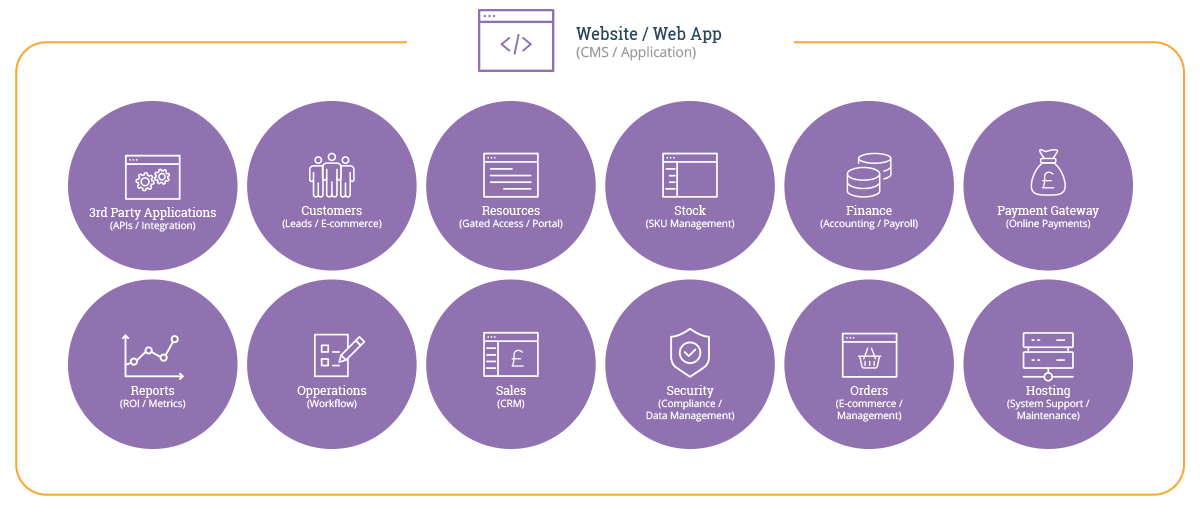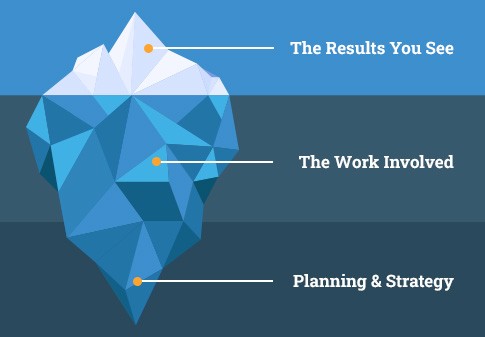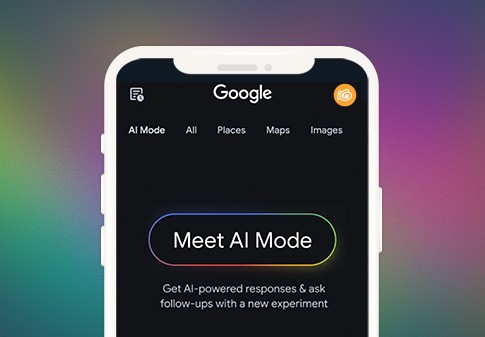Why Digital Transformation is Important
Advancements in digital technology and the availability of data have created unimagined opportunities for growth. A successful digital transformation gives you the tools to streamline processes, create a faster and more reliable ecosystem, and deliver a seamless experience that prioritises your customers.
Benefits:
- Higher Customer Retention: Understand your customers' needs through data analytics and offer personalised experiences that build lasting relationships.
- Lower Customer Acquisition Costs : It’s more cost-effective to retain existing customers. Digital transformation helps you keep them happy and engaged, encouraging them to refer others to your brand.
- Greater Cross-sell and Upsell Potential: With accurate insights, you can provide customers with personalised recommendations and offers that are tailored to their unique needs and are more likely to convert.
- Ability to Demand a Higher Price Point: A superior customer experience makes customers 86% more likely to pay more. Digital transformation helps you improve your value proposition and enhance those experiences.
Our Digital Transformation Process
We believe in a simple and controlled implementation, ensuring a smooth transition with minimal disruption. Our methodology allows you to implement digital transformation in a controlled, paced manner and at the speed you require.
1. Strategic Audit and Planning
We begin by auditing your current systems and processes to identify key opportunities for automation and integration. We then develop a clear, phased strategy tailored to your business goals.
2. System Integration and Automation
We develop innovative solutions to make your digital applications and websites talk to one another, building the interfaces between your online platforms and third-party systems.
3. Seamless Operations Development
We enhance your business systems and operations by providing efficient back-office digital processes that reduce human error, enable automation and enhance the customer user experience.
4. Tailored Training and Future-Proofing
We provide comprehensive training on your new systems to facilitate a smooth transition. Our use of best practices ensures long–term adaptability in this ever-evolving digital world.
What We Optimise: Your Digital Ecosystem
It would be great to have one centralised point for data analysis, making it easier and faster to determine what is driving your business growth. That's why at iCandy Design, we develop innovative solutions to make your digital applications and websites talk to one another.
Frequently Asked Questions
How long does a digital transformation project take?
The timeline for a digital transformation project varies widely depending on the scope. We work with you to implement changes in a paced, controlled manner, from a few months for key system integrations to a longer-term strategy
What types of businesses need digital transformation?
Any business that wants to remain competitive and grow in today's digital landscape can benefit. From small businesses looking to automate processes to large enterprises needing to provide a better omnichannel experience, digital transformation is a necessity for all.
How does this connect to my marketing campaigns?
Digital transformation creates the infrastructure that makes your marketing more effective. By connecting your CRM, website and analytics, you can create seamless, automated campaigns that are more targeted and personalised, leading to higher conversions and a better customer experience.
Do you offer training on the new systems?
Yes, we provide comprehensive training for your teams to ensure a smooth transition and that your business can fully utilise the new processes and systems. We are also on hand for further questions and support.
What is the difference between digital transformation and IT upgrades?
Digital transformation is a holistic process focused on improving how your entire organisation operates, with a strong focus on the customer experience and business growth. IT upgrades are a technical change to a system or hardware, which is often a component of a larger transformation, but not the goal itself.





